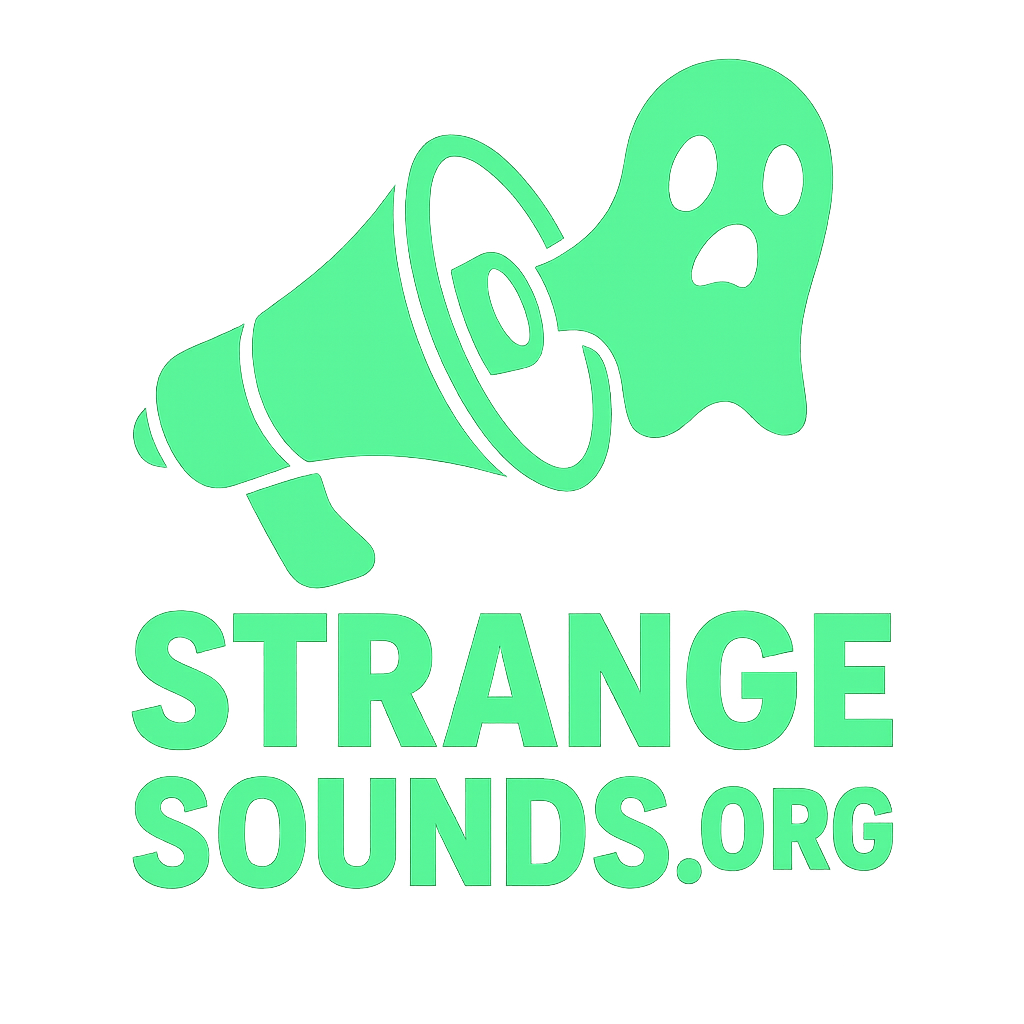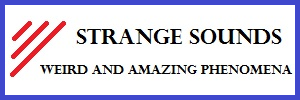Updated on: · 👉 Back to the Strange Sounds Hub · See our full sub-hub: The Hum

Jump to: What is the Taos Hum? · Who hears it? · What the Taos study found · Other hotspots · Leading hypotheses · Recognizable features · Practical steps · FAQs · References
What is the Taos Hum?
The “Taos Hum” refers to a steady, diesel-engine-like low rumble reported in and around Taos, New Mexico, since the early 1990s. Listeners say it’s often strongest at night and can feel site-specific—fading when they leave the area and returning when they come back. Ear-covering rarely stops it, consistent with very low-frequency (VLF/LFN) energy or a non-acoustic perception.
How common is it—who hears it?
Reports typically come from a small subset of the population. Clinical surveys of self-identified hearers describe patterns that can split into external (environmental) and internal (tinnitus-like) contributors. Some hearers note interactions with external sounds, changes with head/neck position, or reappearance after air travel—features compatible with inner-ear dynamics in at least a portion of cases.
The Taos investigation: what did scientists find?
Following public concern, a multi-lab study (Los Alamos, Sandia, Phillips Air Force Laboratory, University of New Mexico) monitored acoustic, seismic, and electromagnetic environments around Taos. Despite active reports during measurements, researchers found no unusual acoustic or seismic source in the affected areas. Some elevated EM fields were noted near power lines, but no causal link to the hum was established.
Other “hum” hotspots
In some towns, investigators detected measurable low-frequency tones from industrial machinery (e.g., compressors, cooling towers). However, even after noise control, not all residents improved. This suggests that while environmental LFN can be real, it may not fully account for everyone’s perception and symptoms.
Leading hypotheses
- Environmental low-frequency sound (LFN): Industrial equipment, ventilation systems, or distant infrastructure may create tones in the infrasonic/LFN band.
- Somatic/otologic mechanisms: A substantial subset fits a tinnitus-like pattern—modulated by posture/head rotation or masking noise, sometimes reappearing after flights (inner-ear pressure changes).
- Vibro-tactile perception: Some “hear” the hum partly through body sensation, which can be heightened at night when background noise is low.
- EM correlates (unproven): Elevated electromagnetic fields are occasionally recorded but remain uncorroborated as a cause.
Recognizable features reported by hearers
- Character: steady rumble or throbbing; sometimes beats with other sounds.
- Site-specificity: apparent localization to certain homes or neighborhoods.
- Weak ear-plug effect: ear-covering rarely eliminates it.
- Timing: worse at night; quiet rooms increase salience.
- Symptoms (variable): sleep loss, stress, fatigue, headaches for some.
If you think you hear the Taos Hum: practical steps
- Keep a log: time, location, weather, appliances, nearby industry; patterns help diagnosis and community action.
- Eliminate local sources: check HVAC/fans/refrigeration, well pumps, nearby substations, and building services.
- Test room coupling: move rooms/floors; try windows/doors; briefly power down circuits (with a professional if needed).
- Night masking: soft broadband sound (fan, pink/brown noise) can improve sleep without emphasizing highs.
- Clinical screening: persistent cases: see audiology/ENT to evaluate tinnitus-like or somatic components.
Read more on Strange Sounds:
FAQs — The Taos Hum
Is the Taos Hum a real external sound?
Sometimes—and sometimes not. In Taos, scientists did not find a clear acoustic or seismic source despite active reports. In other towns, investigators measured genuine low-frequency tones from industrial equipment. Many sufferers, however, appear to experience an inner-ear (tinnitus-like) phenomenon that feels external.
Why don’t earplugs stop it?
Very low-frequency energy can transmit through building structures and the body, and inner-ear-generated perceptions aren’t blocked by earplugs. That’s why the “ear-plug test” is often inconclusive for hum cases.
What frequencies are involved?
Reports commonly describe a low rumble (infrasonic to low tens of Hz). In some measured cases elsewhere, tones clustered around ~10–40 Hz from industrial sources. Exact frequencies vary by location and source, when present.
Can mitigation help?
It depends on the mechanism. Environmental LFN may be reduced by isolating machinery, damping structures, or adjusting operating conditions. Tinnitus-like contributors may respond to clinical strategies: sound therapy, CBT for distress, and addressing neck/jaw issues that modulate perception.
Is it dangerous?
The hum itself is not known to be physically harmful at typical reported levels, but it can cause sleep disturbance and stress. Prioritize sleep hygiene, gentle masking, and medical screening to rule out treatable contributors.
References & Further Reading
- Cowan, J.P. (2008). The results of hum studies in the United States (ICBEN). PDF.
- International Tinnitus Journal — Manifestations of a low-frequency sound of unknown origin perceived worldwide (“the Hum”). PDF.
- Acoustics Today, Vol. 5, No. 3 — community noise/LFN overview articles.
Get Involved
- 📩 Report a strange humming noise (time, location, indoors/outdoors, recordings).
- 📰 Subscribe to our newsletter… You will love it?
- 👍 Follow Us on Facebook · X // Twitter
❤️ Support Strange Sounds
We cover the world’s weird audio — from sky trumpets to The Hum — and the very human struggle with tinnitus.
StrangeSounds.org stays independent thanks to readers like you. If you find value in our work, consider fueling the mission:
💙 Donate via PayPal
🔥 Give through Donorbox
Every contribution keeps Strange Sounds alive, weird, and free. Thank you! 🌍


